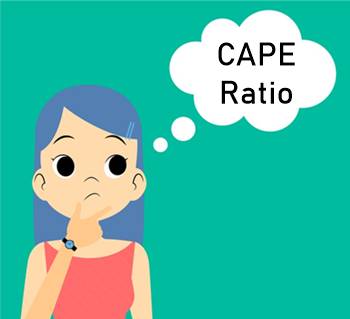Activity Ratio
What is Activity Ratio?
Activity ratio is a financial metric, which is used to measure how efficient a company operation is performing. This term includes various ratios that determine how efficiently a company is applying its Capital or assets.

Activity ratios measure how efficiently a business is using and managing its resources to generate maximum possible revenue.
Classification of Activity Ratio
Working Capital
Working capital is also known as operating capital that is the excess of a current asset over Current Liabilities. The working capital renders insight into a company’s ability to meet current liabilities as they come due. Positive working capital is crucial, but a working capital should be not too large and in order to tie up capital.
The three components of working capital are as follows:
- Receivables
- Inventory
- Payables
Talk to our investment specialist
Receivables
The account receivable turnover determines how efficaciously an organization manages its credit sales and converts its account receivable into cash. Here’s the formula of Receivables-
Receivables turnover= Revenue/Average Receivables
A high receivables turnover indicates that a company is able to convert its receivables into cash. Low receivable turnover indicates that a company is not able to convert its receivables as fast as it should.
The days of sales outstanding estimates the days it takes to convert credit sales into cash.
Days of sales outstanding= Number of days in period/ receivables turnover
Inventory
Inventory is measured on how efficacious a company is able to manage its inventory.
Inventory turnover= Cost of goods sold/ Average Inventory
A low inventory turnover ratio is a sign of the inventory moving slowly and is tying up capital. A company with a high inventory turnover ratio can be moving inventory at a faster pace. Although, if an inventory turnover is high, it can lead to shortages and loss of sales.
Days of inventory on Hand measure the days it takes to sell the inventory balance.
Days of Inventory on Hand= Number of Days in period/ Inventory Turnover
Payables
Payables turnover measures how fast a company is paying off its account payable to creditors.
Payable Turnover= Cost of Goods Sold/ Average Payables
A low payable turnover symbolises the lenient credit terms or an inability for a company to pay its creditors. On the other hand, a high payable turnover indicates that a company is spying creditors too quickly or it is able to take advantage of early payment discounts.
Days of payables outstanding measure the number of days it takes to pay off creditors.
Days of payables outstanding= Number of days in period/ payables turnover
Cash Conversion Cycle
A Cash Conversion Cycle is a crucial metric in determining how efficiently a company can convert its inventories into cash. Companies want to reduce their cash conversion cycle so that they will receive cash from sales of inventory as soon as possible.
Cash Conversion Cycle= DSO+DIH-DPO
- DSO- Days sales outstanding (DSO)
- DIH- Days Inventory Held
- DPO- Days payable outstanding
Fixed Assets
A Fixed Asset is a non-current asset that is tangible long-term assets, which are non-operating. Fixed assets are expected to render an economic benefit in the future, such as plants, property, machinery, vehicles, buildings and lands.
The fixed asset turnover is measured on how efficiently a company is using fixed asset.
Fixed asset turnover= Revenue/Average Net Fixed Asset
Total Asset
Total asset signifies all the assets that are reported on a company’s Balance Sheet which includes both operating and non-operating (current and long term).
The total asset turnover is a measure of how efficiently a company is using its total asset.
Total Asset Turnover= Revenue/Average Total Assets
All efforts have been made to ensure the information provided here is accurate. However, no guarantees are made regarding correctness of data. Please verify with scheme information document before making any investment.












